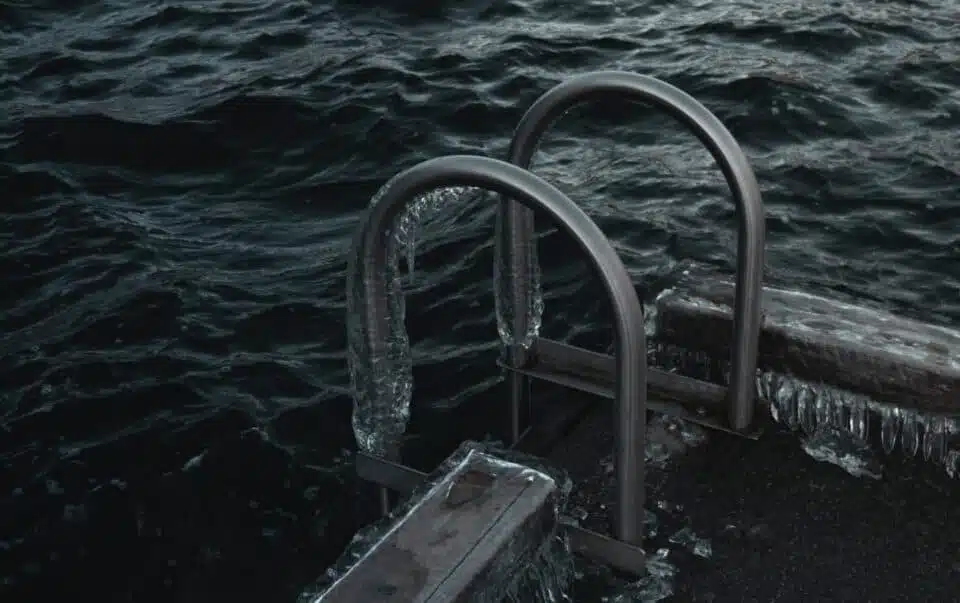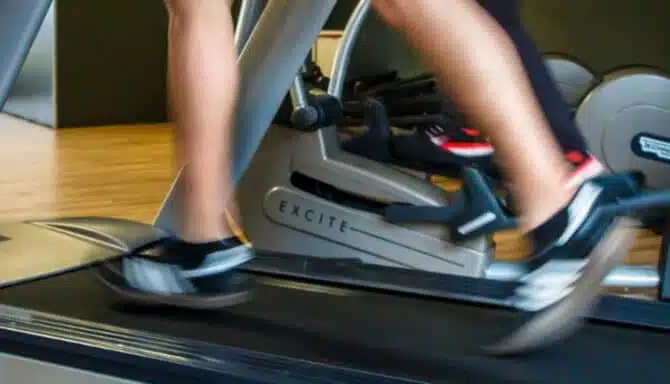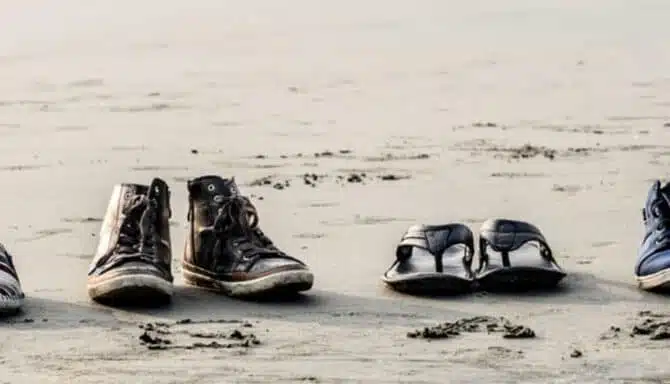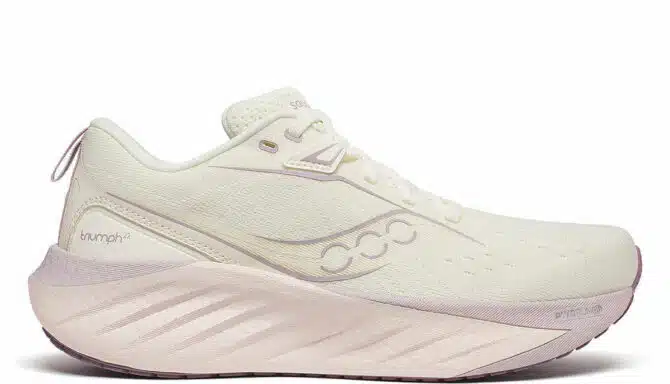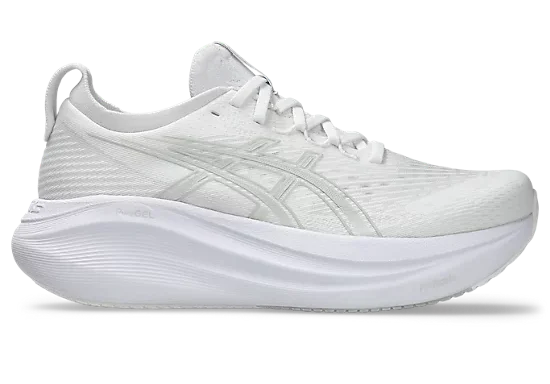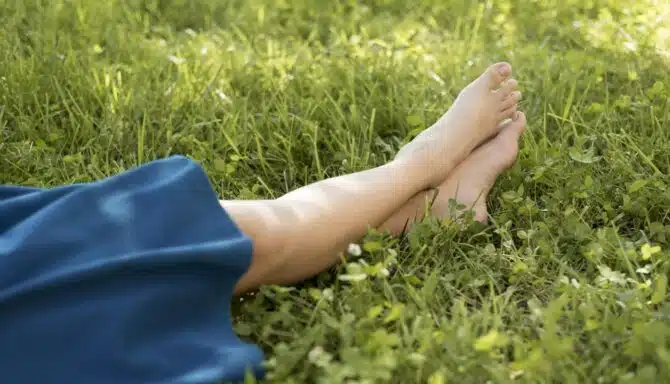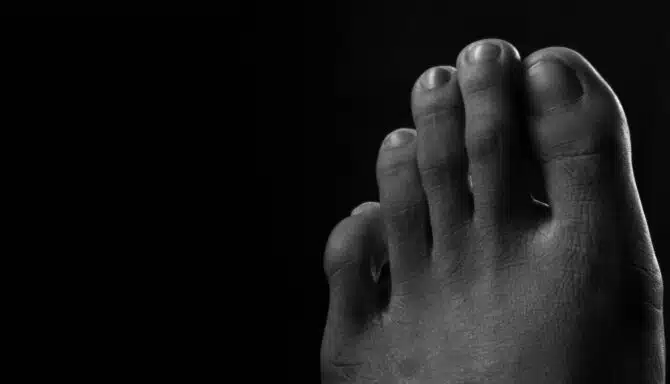What’s hotter right now? Warm or cold therapy.
Each of the two methods have their places in treating foot pain and conditions, although the two serve different purposes. By cold therapy, we mean applying something cold – a wrapped ice pack, for example – to an area. Similarly, using warm therapy means applying heat to an area through a towel or a hot tub.
Generally,
- Cold therapy should be used for acute injuries and foot pain as ice constricts blood vessels and swelling
- Heat has the opposite effect. Applying heat to an area increases blood flow, relaxes the muscles and encourages an extended range of motion. As such, muscle soreness or tightness may benefit from warmth, rather than cold therapy
Cold therapy

Cold therapy works best on acute injuries and intense foot pain. Why? Because cold therapy helps restrict blood flow to the area, thus reducing swelling which can aid in normal mobility and joint motion. Additionally, cold therapy numbs sensory fibres which reduces the immediate pain and offers you relief. Finally, restricting blood flow to the area means reduced blood loss after an acute injury, such as a twisted ankle.
Apply cold therapy by doing one of the following:
- Ice baths
- Gel packs
- Frozen water bottles (for Morton’s neuroma and plantar fasciitis)
- Cryotherapy
- Cold shower
- Cold therapy socks
How to use cold therapy
As a general rule of thumb, you should never apply heat or cold directly to the skin. Instead, use a towel or an intermediary to protect your skin. For example, freezing a water bottle and using that on your feet is better than applying ice directly to your skin.
Use ice packs for 5 minutes. Other methods, like a cold shower, can be used for more minor pain, and can be shorter. However, after 5 minutes you need to wait 5 minutes for the area to warm up. Then you can walk on that foot.
Let’s use a case example to illustrate how cold therapy can help keep your feet feeling their best. Many people are diagnosed with plantar fasciitis, that is characterized by inflammation of a thick band of tissue that runs across the bottom of your foot and connects your heel bone to your toes. This often causes intense pain, especially early in the morning when muscles are tense. The inflammation may be the result of overuse – as is the case with runners – or because of being overweight or over-stretched the area causing micro-tears in the tissue.
As a form of treatment, you can use a wrapped frozen water bottle as a form of cold therapy for plantar fasciitis. Icing the area this way reduces pain because it mildly numbs the area, reduces inflammation and helps in recovery because ice reduces swelling.
Those who suffer from metatarsalgia, which refers to any pain found in the ball of the foot, where the metatarsals of the foot lie, may also benefit from cold therapy for the same reasons.
However, icing can also be part of a greater treatment plan, or a multi-pronged approach, because not one method solves the issue – it is a combination of treatments that help. The most common treatment combinations are:
- RICE – Rest, Icing, Compression, and Elevation
- Stretches
- Exercise
- Orthotics or over-the-counter insoles
- Supportive footwear
You have to be careful with cold therapy
We have to also consider the following before treating with ice:
- Tendon damage, fractures and infection can look warm and also be sore. Cold therapy is not going to help these issues
- Nerves can be damaged with prolonged cold treatments
- If you have poor circulation or conditions that can cause poor circulation, then you don’t want to apply more coldness to that area
- Excess cold treatment is not good; it can reduce blood flow and damage tissues.
So it is wise to check out foot pain, redness and swelling first with your doctor or a licensed chiropodist.
Warm therapy

Warm therapy is best for chronic injuries characterized by soreness, tension, and dull pain. Why? Heat therapy improves blood circulation, as it expands blood vessels. Heat therapy also relaxes muscle fibers, increasing mobility. That’s why, for example, when you do hot yoga, you may feel more flexible than a regular session.
Additionally, warm therapy encourages the healing of damaged tissue as blood vessels of the muscles to dilate, which increases the flow of oxygen and nutrients to the muscles. That’s why heat therapy is particularly useful for people suffering from arthritis, muscle stiffness and soreness and chronic aches and pain.
A variety of methods encompass warm therapy including:
- Hot tub/bath
- Hot towel
- Sauna
Heat therapy has become increasingly popular in recent years, especially among athletes. Author Alex Hutchinson has written extensively about the benefits of both heat and cold therapy for Outside. In one research-backed article, Hutchinson notes that “eight weeks of hot-tubbing produces really profound changes in markers of cardiovascular health like blood pressure and artery stiffness, perhaps due to increased blood flow when you’re hot.”
If you have an infection, open sores or cuts then it is usually unwise to use a hot tub. And just like “cold”, “heat” is only one factor in a range of treatments that can be used to treat aches and foot pain
Warm + cold therapy together
There is also a warm-cold method that has been popularized in recent years, although evidence of its effectiveness is relatively unknown. According to the University of Michigan Medicine Department, alternating between warm and cold therapy creates a kind of pump. “Heat causes blood vessels to get bigger and cold causes them to get smaller,” they write. “Alternating between heat and cold means the blood vessels alternate between bigger and smaller. This change in blood movement could help reduce inflammation and swelling, and that could improve range of motion in the joint.”
The theory is to alternate between warm and cold. It is called contrast baths. This is how the theory goes:
- Submerge your limb in a bucket of ice-cold water (as cold as can be tolerated) for about two minutes.
- The limb is then moved into a second bucket filled with lukewarm (not hot) water, around (40°C), for 30 seconds.
Please note that this type of treatment needs to be supervised and recommended for you. This is because if you are subjecting skin, nerves and blood vessels to this regime, they can also get damaged. So it needs to be advised first for you.
Beyond basic, do-it-at-home treatment, if you continue to experience pain in your feet, book an appointment to see a licensed chiropodist. You can book an appointment below or by calling us at 416.769.3338(FEET).
